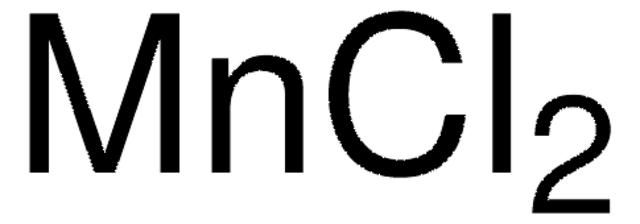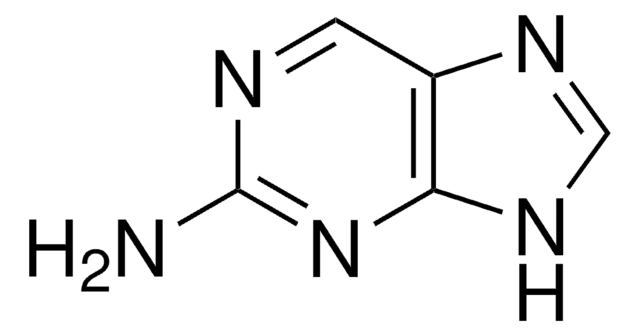Kluczowe dokumenty
V800247
Manganese(II) chloride
AR, ≥99%
Synonim(y):
Manganese dichloride, Sacchite
About This Item
Polecane produkty
klasa czystości
AR
linia produktu
Vetec™
Próba
≥99%
Formularz
crystalline powder
pH
5.0-6.0 (5%)
mp
652 °C (lit.)
gęstość
2.98 g/mL at 25 °C (lit.)
ślady anionów
sulfate (SO42-): ≤0.005%
ślady kationów
Ba: ≤0.01%
Ca: ≤0.03%
Cu: ≤0.0005%
Fe: ≤0.0005%
K: ≤0.01%
Mg: ≤0.005%
Na: ≤0.05%
Ni: ≤0.002%
Zn: ≤0.005%
heavy metals (as Pb): ≤0.0005%
ciąg SMILES
Cl[Mn]Cl
InChI
1S/2ClH.Mn/h2*1H;/q;;+2/p-2
Klucz InChI
GLFNIEUTAYBVOC-UHFFFAOYSA-L
Szukasz podobnych produktów? Odwiedź Przewodnik dotyczący porównywania produktów
Informacje prawne
Hasło ostrzegawcze
Danger
Zwroty wskazujące rodzaj zagrożenia
Zwroty wskazujące środki ostrożności
Klasyfikacja zagrożeń
Acute Tox. 3 Oral - Eye Dam. 1 - STOT RE 2
Organy docelowe
Brain
Kod klasy składowania
6.1D - Non-combustible acute toxic Cat.3 / toxic hazardous materials or hazardous materials causing chronic effects
Klasa zagrożenia wodnego (WGK)
WGK 2
Temperatura zapłonu (°F)
Not applicable
Temperatura zapłonu (°C)
Not applicable
Wybierz jedną z najnowszych wersji:
Certyfikaty analizy (CoA)
Nie widzisz odpowiedniej wersji?
Jeśli potrzebujesz konkretnej wersji, możesz wyszukać konkretny certyfikat według numeru partii lub serii.
Masz już ten produkt?
Dokumenty związane z niedawno zakupionymi produktami zostały zamieszczone w Bibliotece dokumentów.
Nasz zespół naukowców ma doświadczenie we wszystkich obszarach badań, w tym w naukach przyrodniczych, materiałoznawstwie, syntezie chemicznej, chromatografii, analityce i wielu innych dziedzinach.
Skontaktuj się z zespołem ds. pomocy technicznej




